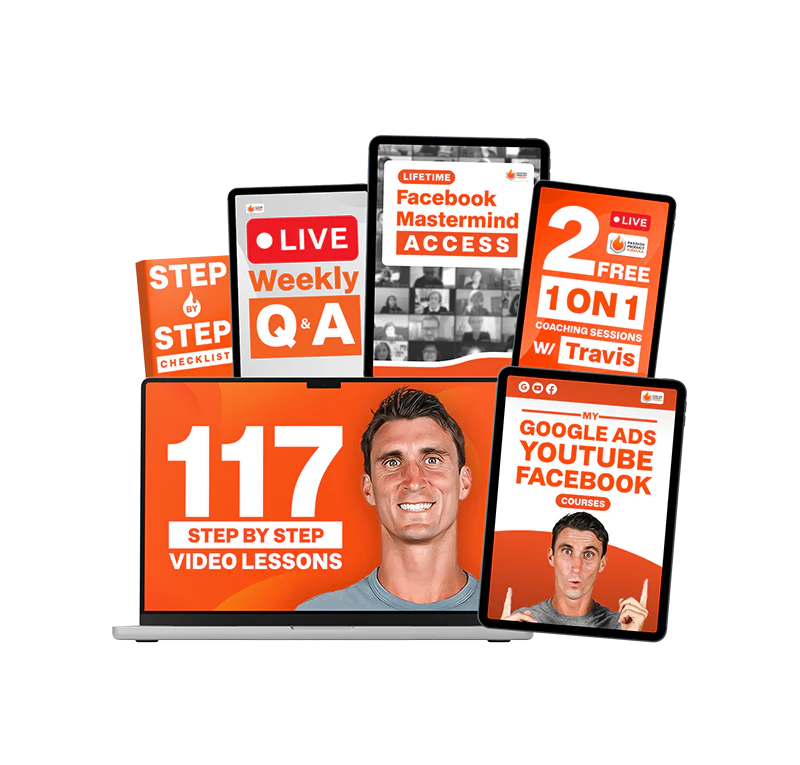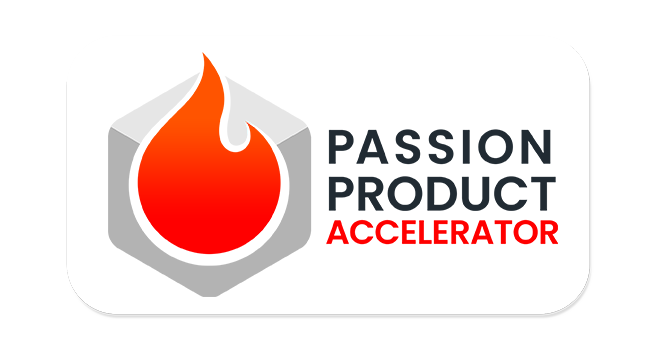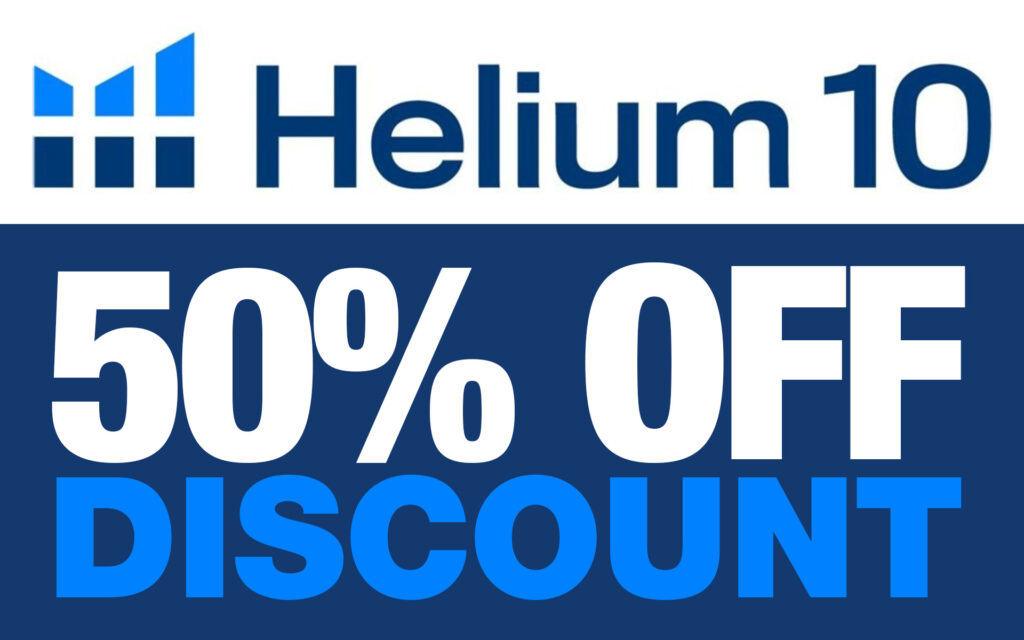Travis, a seven-figure Amazon seller who quit his 9-to-5 job over a decade ago, shares why affiliate marketing is one of the easiest ways to earn online. In this guide, we’ll explore how to set up your affiliate marketing website, choose a niche, find affiliate programs, and drive traffic while avoiding common pitfalls. Let’s dive in and unlock your earning potential.
The world of e-commerce is booming, with over $730 million spent yearly. Amidst this staggering growth, you don’t need to create your own product to claim your slice of the pie. There’s a simpler, low-risk way—creating an affiliate marketing website. This business model allows you to earn commissions by promoting products or services you believe in.
Table Of Contents
- The Basics of An Affiliate Marketing Website
- Why an Affiliate Marketing website is Ideal for 2025
- Step 1 – Setting Up Your Affiliate Marketing Website
- Step 2 – Finding Your Profitable Niche
- Step 3 – Affiliate Programs to Consider
- Step 4 – Creating Quality Content to Drive Traffic
- Step 5 – Driving Traffic to Your Affiliate Site
- Step 6 – Avoiding Common Affiliate Marketing Mistakes
- Step 7 – Scaling Your Affiliate Business
- Keys to Unlocking Long-Term Success
- FAQs
The Basics of An Affiliate Marketing Website
What is Affiliate Marketing and How It Works

Creating an affiliate marketing website is a performance-based marketing strategy where you earn commissions by promoting other companies’ products. When someone clicks on your link or uses your coupon code to make a purchase, you receive a percentage of the sale.
For example, if you write a blog post reviewing a product and provide a link to purchase it, you earn a commission when a reader buys through that link. The key to success is creating valuable content that convinces your audience to take action. You don’t have to be a marketing expert to begin—you simply need a good strategy, consistency, and tools to help streamline your efforts.
Why An Affiliate Marketing website is a Win-Win-Win Model
An affiliate marketing website benefits everyone involved:
- Customers discover new products and enjoy deals through recommendations.
- Companies gain access to new customers without heavy advertising expenses.
- Affiliates earn passive income by providing helpful insights and promotions.
This model thrives on value exchange. If you provide genuine value to your audience, they trust your recommendations and convert at higher rates. When done right, it’s a win-win-win scenario—a powerful motivator for anyone seeking a flexible income stream.
Why an Affiliate Marketing website is Ideal for 2025
Low Startup Costs with High Income Potential
Unlike traditional businesses that require significant capital, creating an affiliate marketing website allows you to start with minimal investment. You only need a website, hosting, and some marketing tools to get started. Hosting companies like Hostinger provide affordable options, making entry easier than ever.
Many affiliates have scaled their efforts to earn six or even seven figures annually. With the right strategy—including content creation, SEO, and social media marketing—you can build a long-term business.
No Inventory or Shipping Hassles
One of the major perks of affiliate marketing is the lack of physical products to manage. Unlike models like Amazon FBA, you won’t need to worry about inventory, storage, or shipping logistics. Your sole focus is on marketing—a fun and creative aspect of the business.
This difference is significant because it removes major operational burdens. Instead of handling returns or defective products, you simply earn commissions from successful referrals.
The Freedom of Remote Work
An affiliate marketing website offers unparalleled flexibility. Whether you’re traveling the world or working from the comfort of your home, you can run your business remotely. Travis, for example, made over $50,000 in affiliate commissions while vacationing in Bali. The ability to earn passive income while living your ideal lifestyle is a key selling point.
Imagine waking up to new sales notifications without needing to ship products or handle customer service. This freedom allows you to scale your efforts globally without geographical restrictions.
Step 1 – Setting Up Your Affiliate Marketing Website
Choose a Reliable Hosting Provider
Your website is your foundation, and choosing a reliable hosting provider is crucial. Travis recommends Hostinger for its affordability, reliability, and ease of use. Hostinger offers free SSL certificates, domain names, and email services, making it an ideal option for beginners.
Why does this matter? Speed and uptime directly affect user experience and SEO rankings. If your site is slow or frequently down, you’ll struggle to convert traffic into sales. By signing up using Travis’s discount code, you can reduce your hosting expenses further and enjoy a smooth website-building experience.
Install WordPress and Select a Theme

Once you have hosting in place, you’ll need to install WordPress—a user-friendly platform that powers over 40% of websites globally. Hostinger simplifies this process with a one-click installation feature.
When selecting a theme, ensure it aligns with your niche and brand. Whether you select a pre-built template or customize your own, ensure your site is visually appealing and easy to navigate. A clean design keeps visitors engaged, reducing bounce rates and improving conversions.
Essential Plugins to Boost Your Website’s Performance

Plugins enhance the functionality of your website. Consider adding:
- WooCommerce: Turns your site into an online store, allowing you to promote affiliate products.
- Yoast SEO: Helps optimize your content for search engines by offering suggestions on keyword usage, meta descriptions, and readability.
- Contact Form 7: Enables easy communication with your visitors and builds trust.
These plugins are beginner-friendly and provide valuable tools to enhance your site’s performance. Additionally, you can use analytics plugins to monitor your site’s traffic and user behavior.
Step 2 – Finding Your Profitable Niche
The Power of Niching Down
A common mistake among beginners is trying to cover too many topics. Instead, focus on a specific niche. For example, instead of a general blog about tea, narrow it down to herbal teas for stress relief or organic teas for health-conscious consumers.
Niching down allows you to establish authority and attract a targeted audience, which translates into higher conversion rates. You’ll face less competition and have a clearer understanding of your audience’s needs.
Profitable Niches for your Affiliate Marketing Website
Some of the most profitable niches include:
- Health and wellness: Products related to fitness, supplements, and mental well-being.
- Personal finance and making money online: Resources like budgeting tools, investing platforms, and online courses.
- Beauty and skincare: Makeup, skincare routines, and anti-aging solutions.
- Education and online courses: Tutorials, certifications, and skill-building programs.
Choose a niche that aligns with your passion and has long-term growth potential. This will keep you motivated to create content and maintain consistency.
Evergreen Niches vs. Seasonal Niches

Evergreen niches, such as health and personal finance, offer consistent demand throughout the year. In contrast, seasonal niches, like holiday decorations or summer gear, see spikes in interest during specific times. To maximize long-term profitability, prioritize evergreen topics.
However, you can incorporate seasonal content within an evergreen niche to boost short-term traffic and earnings.
Step 3 – Affiliate Programs to Consider
Amazon Associates for Beginners
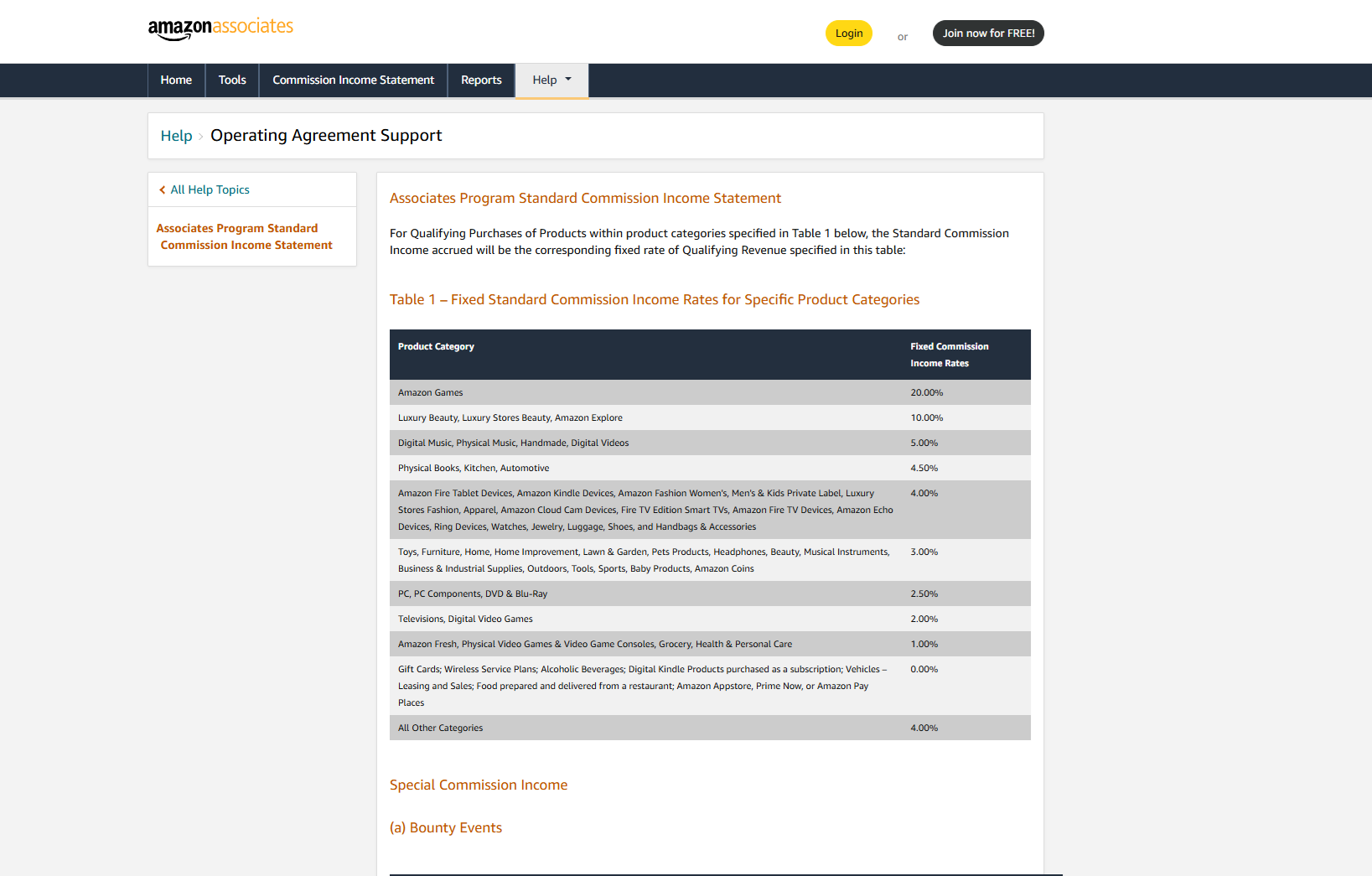
Amazon’s affiliate program is perfect for beginners due to its ease of use and vast product selection. Commissions range from 1% to 10% depending on the category, making it a great way to earn on a wide variety of products.
For example, if you’re blogging about fitness, you can link to workout equipment, supplements, and activewear sold on Amazon. The program’s reputation and simplicity make it an attractive starting point.
Specialized Programs for Higher Commissions
For higher payouts, consider specialized affiliate programs that align with your niche. For example:
- Hostinger for web hosting
- Helium 10 for Amazon sellers
- PartnerStack and ShareASale for various industries
These programs often offer better commission rates than general marketplaces like Amazon. Research each program’s commission structure, cookie duration, and payment methods to ensure they meet your expectations.
Private Affiliate Programs and Direct Partnerships
Some companies run their own affiliate programs outside major networks. Reach out to companies within your niche and inquire about partnership opportunities. Direct partnerships often provide higher commissions and tailored promotional materials.
Step 4 – Creating Quality Content to Drive Traffic
Content is King – What Type of Content Works Best
To succeed with your affiliate marketing website, focus on creating content that provides value. Some effective content types include:
- Product reviews: In-depth reviews highlighting pros, cons, and use cases.
- Comparison articles: Side-by-side comparisons of similar products.
- Tutorials and how-to guides: Step-by-step instructions for using a product.
- Listicles: Curated lists of top products or resources.
High-quality content builds trust with your audience and encourages them to click your links. Remember, authenticity is key—only promote products you genuinely believe in.
Using AI Tools like ChatGPT to Generate Articles

AI tools can help you create content faster. For example, ChatGPT can generate blog ideas, draft outlines, and even write full articles. Just be sure to review and personalize the content to maintain authenticity.
Leverage AI for efficiency, but never compromise on quality. Human oversight ensures that your content resonates with your target audience and adheres to SEO best practices.
The Importance of Consistent Content Creation
Consistency is key. Aim to publish new articles regularly, whether it’s weekly or monthly. Over time, your content library will grow, attracting more traffic and increasing your earning potential.
As your site gains authority, you’ll find it easier to rank for competitive keywords and secure backlinks from reputable sources.
Step 5 – Driving Traffic to Your Affiliate Site
SEO Strategies to Rank on Google

Search Engine Optimization (SEO) is crucial for organic traffic. Optimize your articles with relevant keywords, meta descriptions, and internal links. Tools like Yoast SEO can help guide your efforts.
Some tips to boost your SEO:
- Conduct keyword research to find low-competition, high-volume search terms.
- Optimize on-page elements such as headers, image alt tags, and URLs.
- Build backlinks through guest posts and collaborations.
SEO is a long-term strategy, but it pays off by providing sustainable, free traffic.
Leveraging Social Media Channels

Social media platforms like Instagram, TikTok, and YouTube are powerful tools for driving traffic. Share snippets of your articles, product reviews, and tips to engage your audience and direct them to your site.
Use platforms that align with your niche. For example, visually-driven content performs well on Instagram, while educational content thrives on YouTube.
Email Marketing and Newsletters
Build an email list to stay connected with your audience. Send newsletters featuring your latest articles, promotions, and affiliate products to encourage repeat visits. Personalized emails have higher open rates and can significantly boost conversions.
Segment your list based on user behavior and preferences for targeted marketing.
Step 6 – Avoiding Common Affiliate Marketing Mistakes
Promoting Products You Don’t Believe In
Authenticity is crucial. Only promote products that you genuinely believe in and have tested. This builds trust with your audience and increases your conversion rates.
If you promote low-quality products for quick gains, you risk damaging your reputation and losing long-term credibility.
Failing to Niche Down Early On
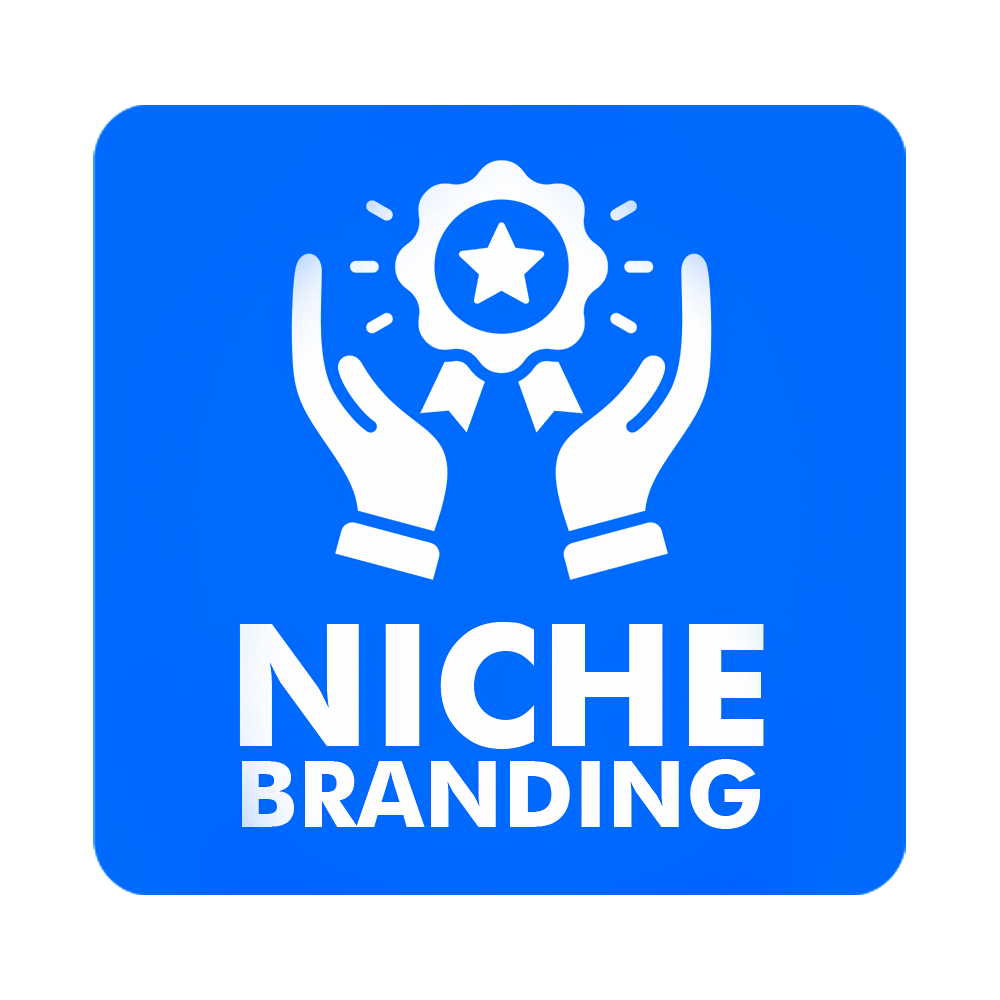
Trying to cover too many topics can dilute your efforts. Start with a specific niche and expand once you’ve established authority. Niching down ensures that your content is highly relevant to your target audience.
Ignoring Data and Analytics
Use analytics tools to track your performance. Monitor click-through rates, conversion rates, and traffic sources to identify areas for improvement. Data-driven decisions can help you optimize your content and marketing efforts.
Step 7 – Scaling Your Affiliate Business
Diversifying Income Streams
Once you’ve mastered affiliate marketing, consider expanding into other income streams, such as selling your own products. For example, if your niche is tea, you could develop your own line of herbal teas while continuing to promote affiliate products.
Diversification reduces reliance on a single income source and provides stability during market fluctuations.
Building a Community Around Your Niche

Engage with your audience through forums, social media groups, and newsletters. Building a loyal community increases brand trust and long-term profitability. Encourage user-generated content, such as reviews and testimonials.
Collaborating with Other Affiliates and Influencers
Partnering with other affiliates or influencers can expand your reach and bring in new audiences. Collaborations often lead to mutually beneficial growth through cross-promotion.
Keys to Unlocking Long-Term Success
Creating an affiliate marketing website is a powerful way to achieve financial independence, but it requires consistent effort and a strategic approach. As you build your affiliate marketing website, remember that success doesn’t happen overnight. It requires dedication, patience, and a willingness to learn and adapt along the way.
One of the most important keys to long-term success is providing genuine value to your audience. Focus on creating high-quality content that educates, entertains, or solves a problem for your readers. When your audience trusts your recommendations, they are more likely to convert into buyers.
Additionally, tracking your performance and making data-driven decisions will help you optimize your strategies. Regularly review which affiliate programs and content types are performing well, and adjust your efforts accordingly.
As you grow, consider diversifying your income streams and building a community around your niche. By fostering strong relationships with your audience, you’ll create a sustainable business that continues to thrive in the long term.
In conclusion, an affiliate marketing website offers an exciting opportunity to earn passive income while working on your terms. Whether you’re a beginner or an experienced marketer, this guide provides the foundation you need to succeed. Stay committed, embrace learning, and leverage the power of creating an affiliate marketing website to achieve financial freedom.
FAQs
1. How long does it take to see results from an affiliate marketing website?
Results vary, but most affiliates see noticeable progress within 3 to 6 months of consistent effort. SEO and traffic-building strategies take time to show returns.
2. Do I need to be an expert in my niche to succeed?
No, but having an interest or passion helps. As you create content and research, your expertise will naturally grow.
3. Can I do affiliate marketing without a website?
Yes, you can promote affiliate products through YouTube, social media, and email marketing. However, having a website adds credibility and long-term value.
4. What is the best platform to build an affiliate marketing website?
WordPress is highly recommended due to its flexibility, large plugin ecosystem, and ease of use.
5. How do I choose the right affiliate program?
Choose programs that align with your niche and offer competitive commissions. Look for programs with positive reviews and reliable payouts.


